Imagine stepping into your backyard and feeling an instant wave of tranquility wash over you. Whether you’re just starting out or have been cultivating your outdoor oasis for years, “12 Relaxing Spot Ideas for Your Next Project” is your go-to guide for transforming any space into a haven of peace and beauty. This collection of ideas offers something for everyone, from cozy corners perfect for a morning coffee to expansive retreats designed for unwinding after a long day.
With these carefully curated spots, you’ll not only enhance the aesthetic appeal of your outdoor areas but also create environments that nurture relaxation and rejuvenation. This guide empowers you with practical tips and inspiring ideas that make it easy to embark on your next project confidently. Dive in, and discover how effortlessly you can turn your outdoor living dreams into reality!
Incorporate Hammocks for Ultimate Relaxation
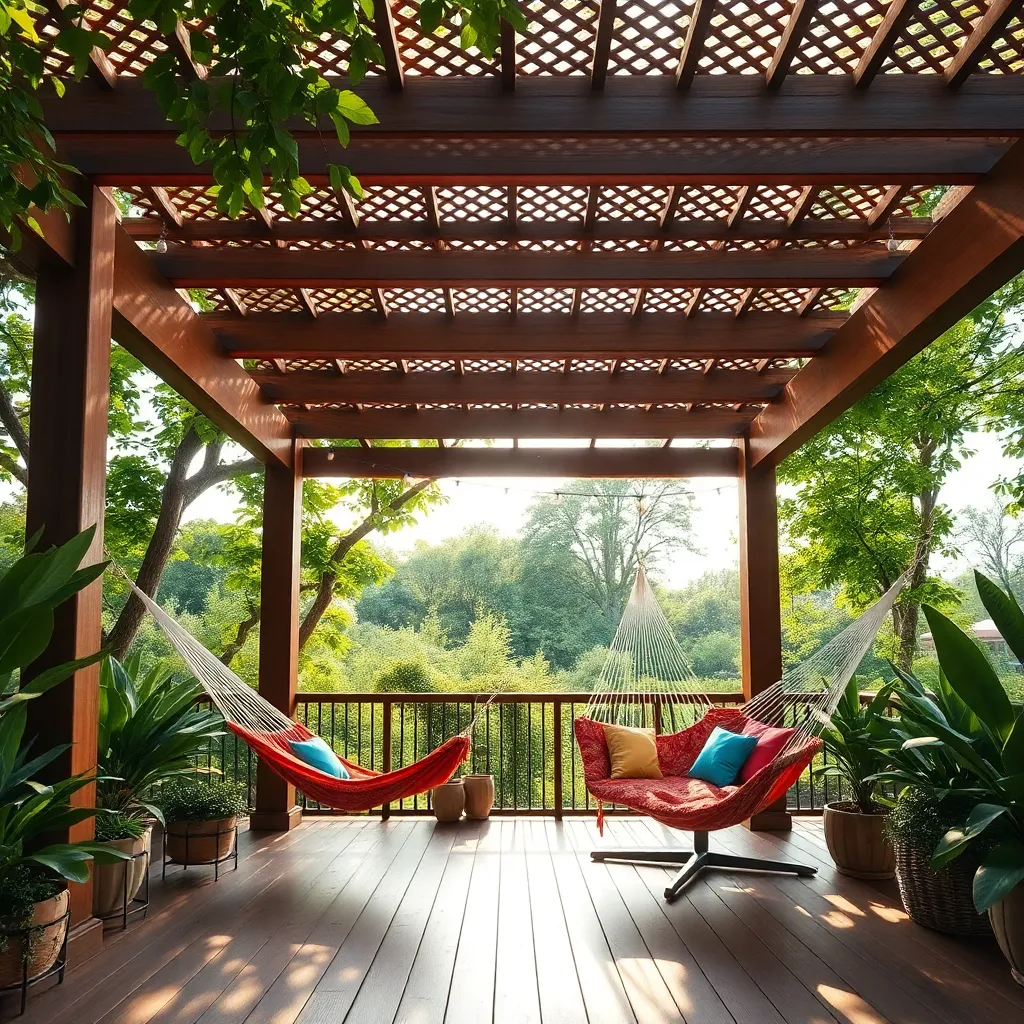
Incorporating a hammock into your outdoor shelter offers a perfect blend of comfort and tranquility. Choose a durable fabric like weather-resistant cotton or polyester to ensure longevity and easy maintenance. When installing, ensure the hammock is hung at a height of about 4 to 5 feet with sturdy anchors like heavy-duty eye screws, which can be secured into trees or a pergola. For beginners, a classic rope or fabric hammock is an excellent choice, while more experienced DIY enthusiasts might consider building a dedicated stand using pressure-treated wood for a more permanent setup.
Consider the surrounding environment to enhance your relaxation experience. Position your hammock in a shaded spot to avoid direct sunlight, or use a removable canopy for sun protection. Add cozy elements like outdoor throw pillows and a small side table to hold your refreshments. For those looking to elevate their space, install ambient lighting such as string lights or solar-powered lanterns to create a serene atmosphere in the evenings. This setup not only enhances the aesthetic appeal of your garden but also ensures your hammock area becomes a cherished retreat.
Design a Cozy Fire Pit Area
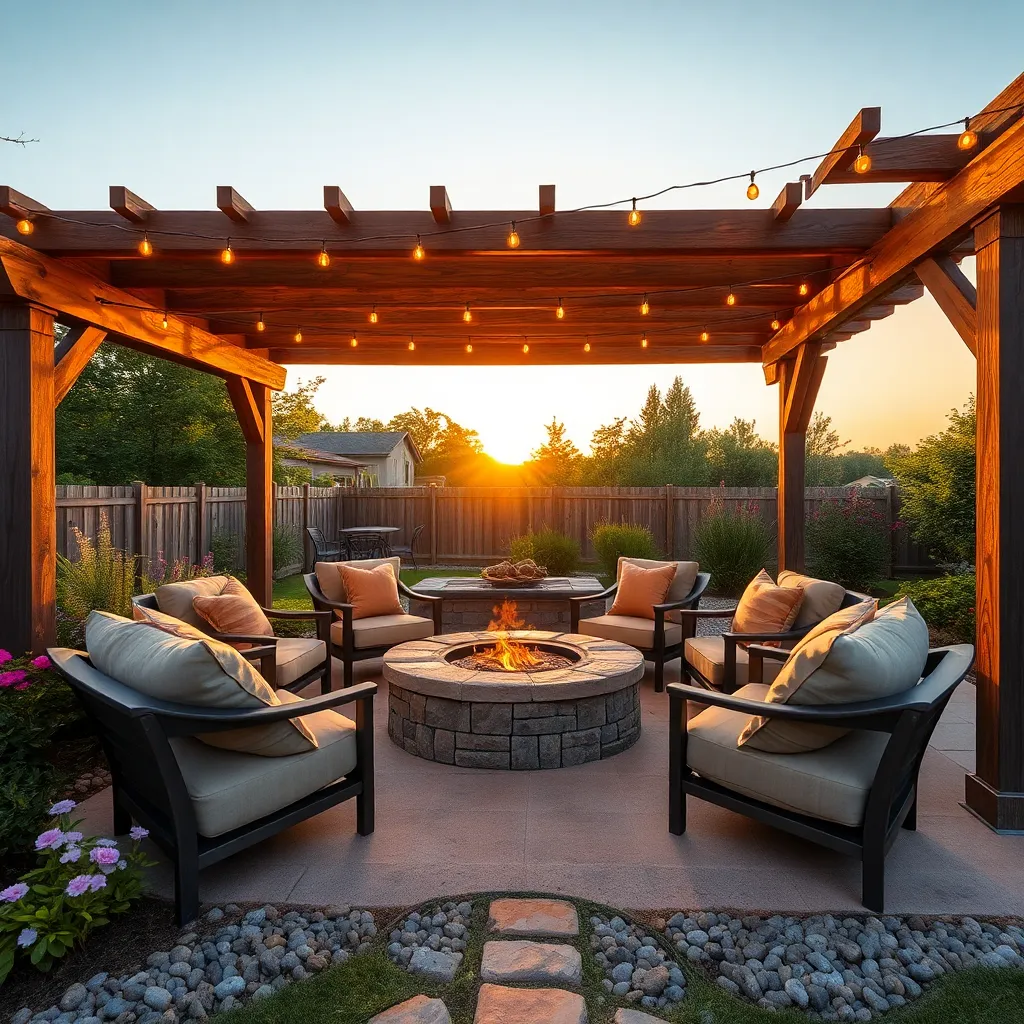
Creating a cozy fire pit area is a delightful way to enhance your outdoor space, providing warmth and ambiance for gatherings. Start by choosing a suitable location with enough open space—ideally, a flat area that is at least 10-12 feet away from buildings or flammable structures. Consider materials like durable, weather-resistant stones or bricks for the perimeter, as these not only define the space but also add a touch of elegance. For a basic installation, dig a shallow pit about 3-4 feet in diameter, ensuring proper drainage by adding a layer of gravel at the bottom.
For a more sophisticated design, integrate seating options such as built-in benches or movable, all-weather chairs around the fire pit. Opt for heat-resistant, non-combustible materials like metal or stone for seating near the fire. For added comfort and style, include outdoor cushions made from water-resistant fabric. Consider installing a fire ring or bowl made from cast iron or steel for a modern touch, and remember to keep the area well-stocked with firewood or gas if you prefer a gas-powered pit. Whether you’re a beginner or seasoned DIY enthusiast, these steps will help you create an inviting and functional fire pit area.
Create a Secluded Garden Nook
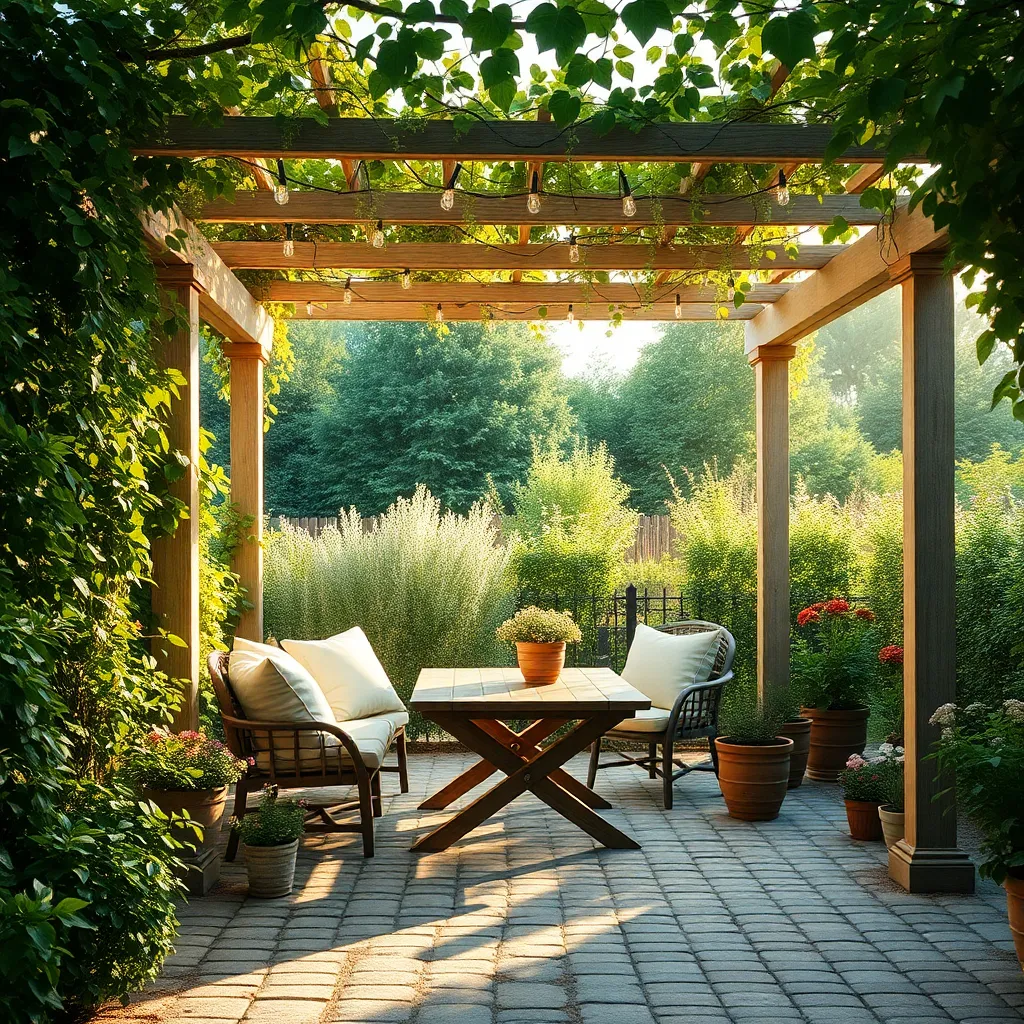
Transforming a corner of your garden into a secluded nook can provide a peaceful retreat for relaxation and reflection. Begin by selecting a location that offers natural privacy, such as an area bordered by tall hedges or trees. For a simple setup, use a pergola, which not only defines the space but also allows climbing plants like wisteria or clematis to create a lush, green canopy. To enhance the sense of seclusion, consider using lattice panels or bamboo screens, which are both easy to install and effective at blocking out distractions.
To add comfort and charm, furnish your garden nook with weather-resistant seating like wicker chairs or a cozy bench, paired with outdoor cushions for added comfort. Incorporate a small table to hold your favorite book or a cup of tea, and think about adding a bird feeder or water feature to invite nature into your space. For a touch of elegance, string solar-powered fairy lights above or around the area to create a magical ambiance after sunset. By blending these elements, you’ll create a personal sanctuary that feels both welcoming and perfectly integrated with your garden.
Build a Pergola with Climbing Vines
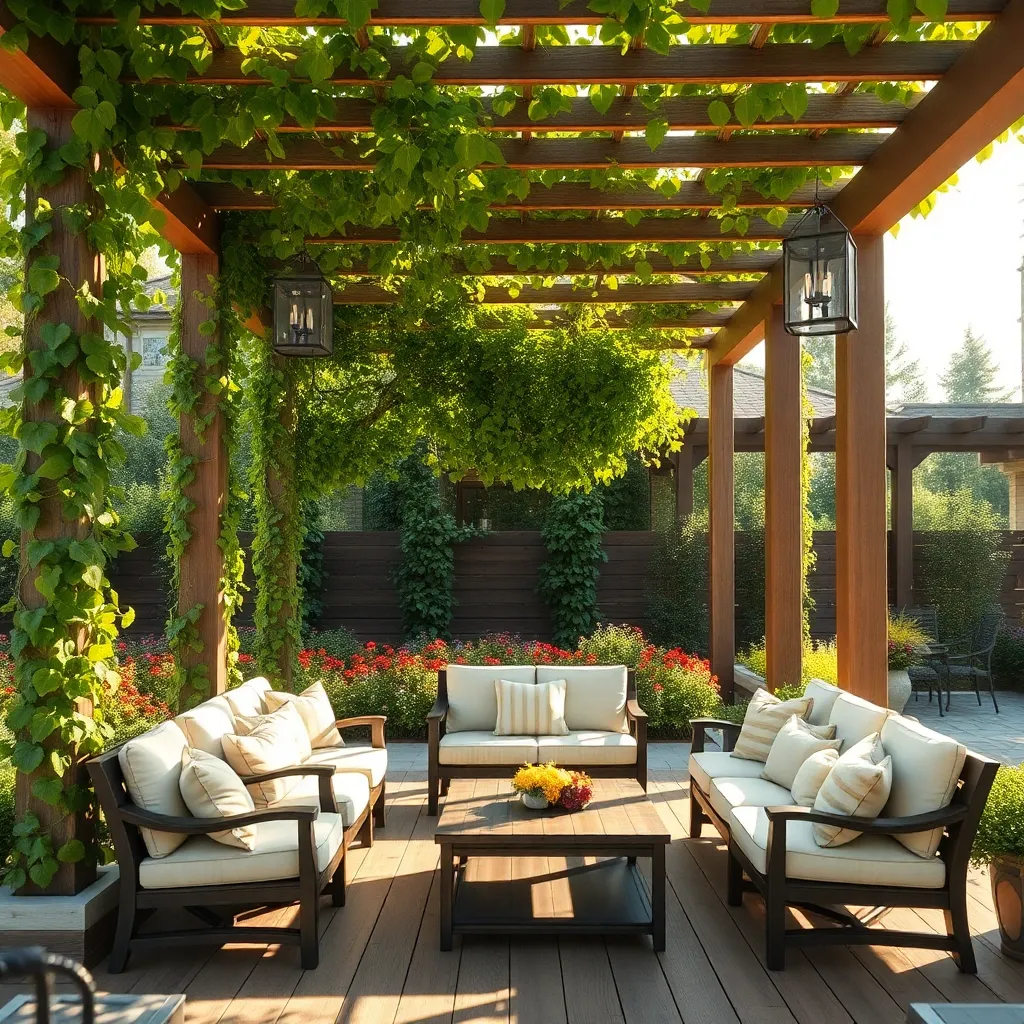
Enhance your outdoor space by building a pergola adorned with climbing vines, creating a serene retreat. Begin by selecting durable materials like cedar or pressure-treated wood for weather resistance. The structure should be at least 8 feet high to allow for comfortable passage underneath and wide enough to accommodate seating or dining areas. Consider trellises or wire grids on the sides or roof to support the growth of vines. For a beginner-friendly option, pre-cut pergola kits are available and easy to assemble, offering a quick and efficient way to achieve professional results.
Choose fast-growing vines such as wisteria, clematis, or honeysuckle to quickly cover your pergola with lush greenery. Plant vines at the base of the structure, ensuring adequate sunlight and water drainage. For experienced gardeners, experimenting with seasonal flowering vines can add dynamic color throughout the year. Maintain the vines by pruning regularly to encourage healthy growth and prevent over-dense foliage. With thoughtful planning and care, your pergola will become a stunning focal point and a perfect spot for relaxation in your garden.
Set Up a Tranquil Water Feature
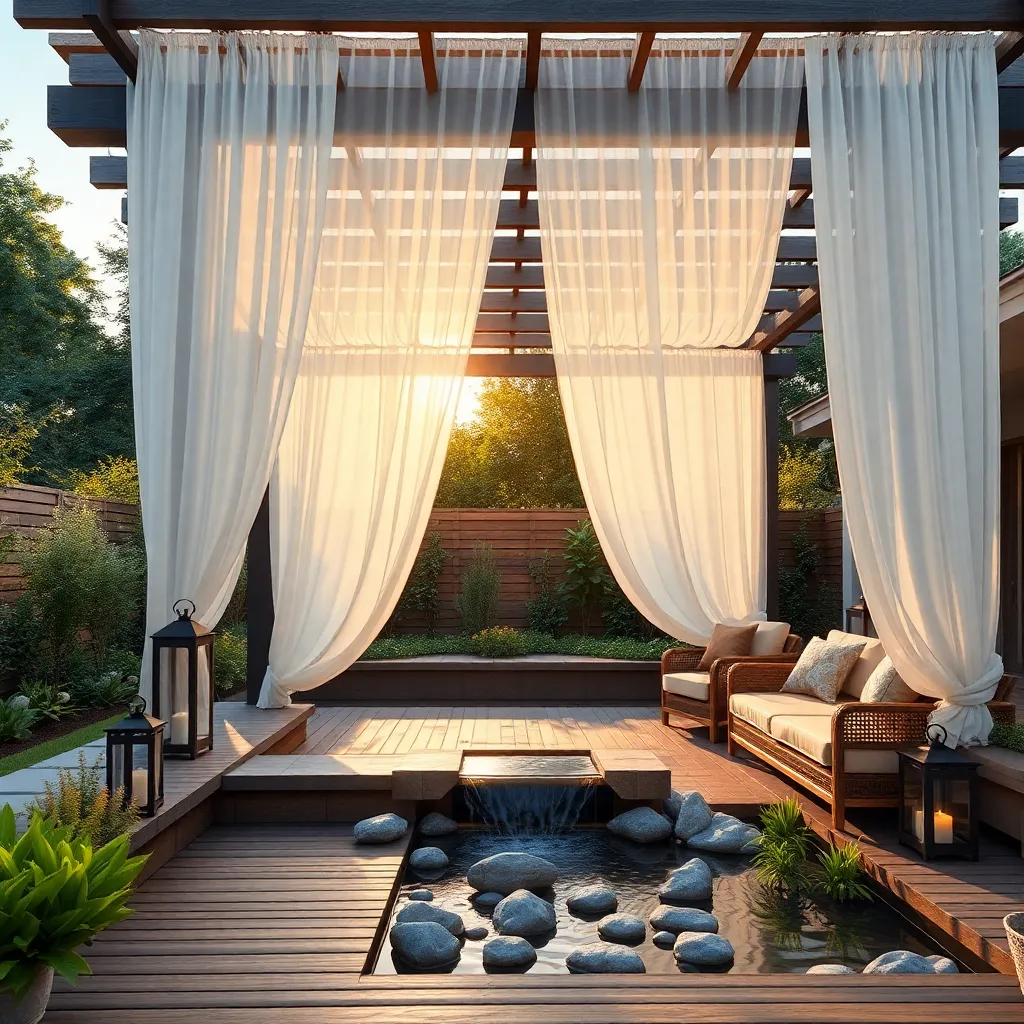
Creating a tranquil water feature in your garden can transform any outdoor space into a serene escape. For beginners, consider a simple, self-contained fountain that requires minimal installation—these typically include a basin, a pump, and decorative stones or a statue. If you’re ready for a more advanced project, a small pond with a waterfall can offer a soothing soundscape. Choose materials like natural stone or ceramic to blend seamlessly with the surroundings, and ensure the pump is adequately sized for the water volume to maintain a gentle flow.
When designing your water feature, placement is key. Select a location that is visible from various vantage points in your yard, but avoid areas directly under trees to minimize debris. Incorporate aquatic plants like water lilies or lotus for added visual appeal and to support local wildlife. For lighting, consider submersible LED lights to enhance the ambiance during evening hours. By focusing on these elements, you can create a peaceful retreat that invites relaxation and enjoyment of your outdoor space.
Install Comfortable Outdoor Seating
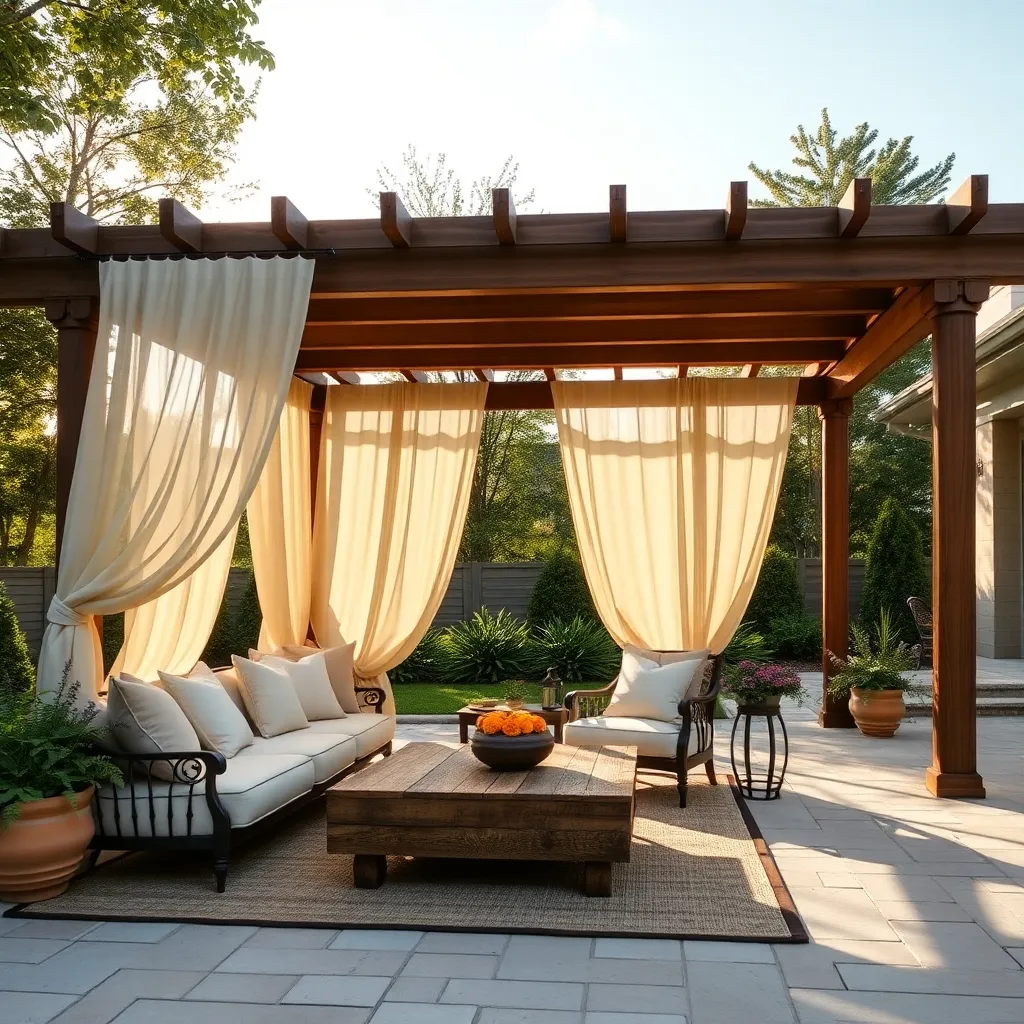
Creating a comfortable outdoor seating area is key to transforming your garden into a relaxing retreat. Start by selecting durable materials that can withstand the elements, such as weather-resistant wicker, teak, or powder-coated aluminum. Arrange your seating to encourage conversation, whether it’s a cozy pair of chairs with a small table or a larger sectional arrangement. Cushions and throws made from outdoor fabrics add both comfort and style, while providing a splash of color that can be easily updated seasonally.
For those looking to elevate their seating area, consider adding a pergola or a gazebo to provide shade and a sense of enclosure. Incorporate lighting to extend usability into the evening; solar-powered lanterns or string lights are both practical and charming. Advanced gardeners might integrate built-in seating using stone or wood, blending functionality with a natural aesthetic. Ensure your design allows for easy access and movement around the space, creating a welcoming environment for relaxation and socialization.
Plant a Privacy Hedge Barrier
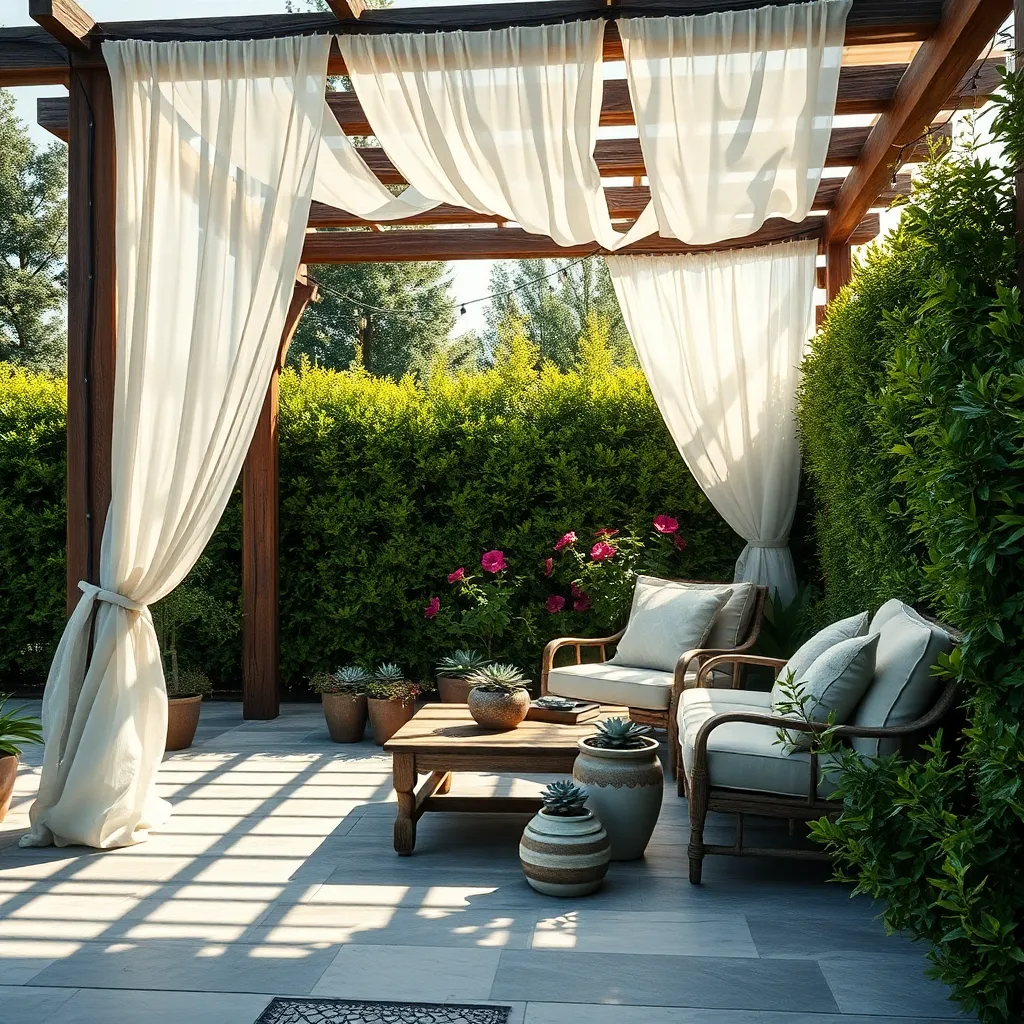
For a natural and effective way to create privacy in your garden, consider planting a hedge barrier. Choose fast-growing shrubs like privet, leylandii, or bamboo to quickly establish a lush, green wall. Space the plants according to their mature width, typically about 18 to 36 inches apart, to ensure they fill in evenly. For beginners, a simple row of a single species is easiest to manage, while more advanced gardeners might experiment with a mixed-species hedge for added visual interest.
It’s essential to plan for maintenance and growth when planting your hedge. Regular pruning will not only keep your hedge neat but also promote dense foliage. Use a quality, slow-release fertilizer in the spring to support healthy growth. For regions with deer or harsh winters, select hardy, deer-resistant varieties like holly or boxwood. Consider incorporating an irrigation system or soaker hoses for consistent watering, especially during dry spells. With thoughtful planning, your new hedge will provide privacy and enhance your outdoor sanctuary for years to come.
Use Soft Lighting for Ambiance
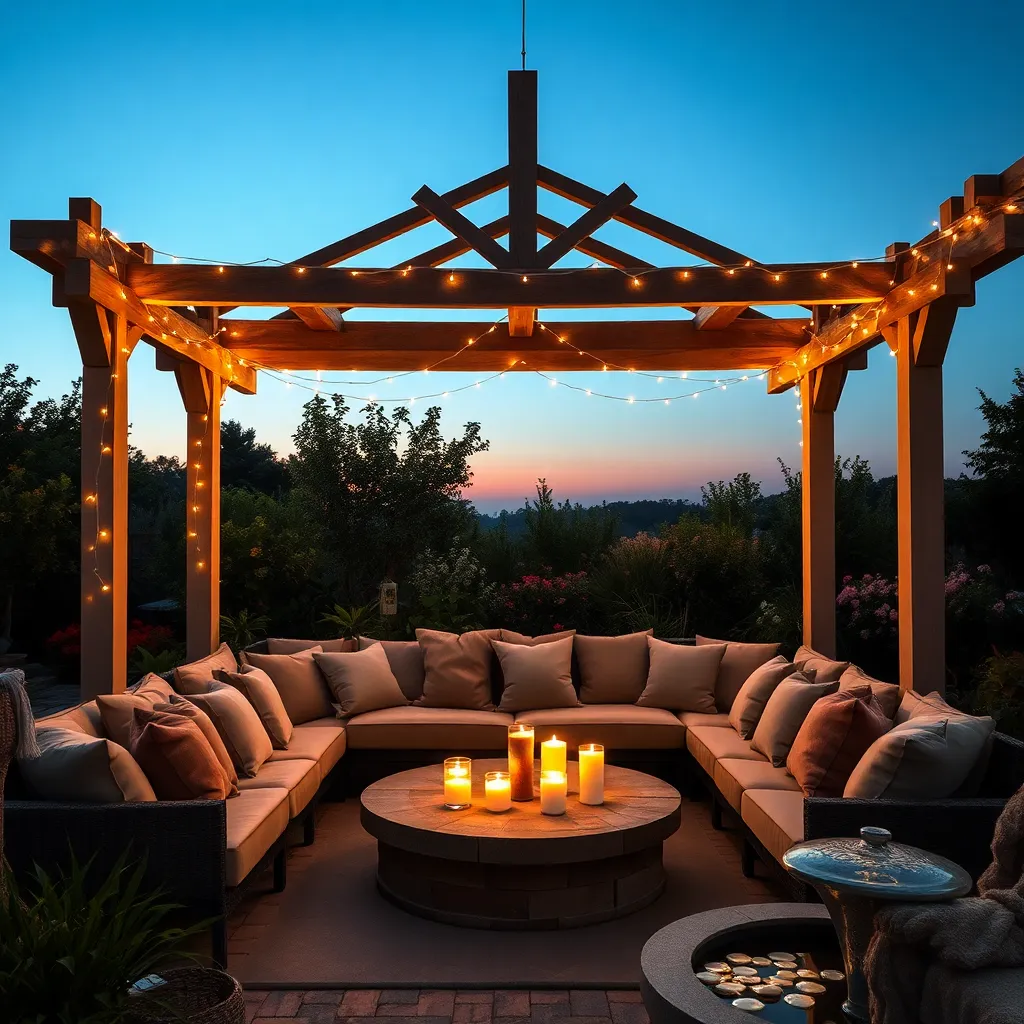
Incorporating soft lighting into your outdoor shelter can transform the space into a cozy retreat. Opt for string lights or lanterns as they are easy to install and provide a gentle glow that enhances the ambiance without overwhelming it. For beginners, solar-powered lights are an excellent option due to their ease of use and energy efficiency, eliminating the need for complex wiring.
For those ready to explore more advanced options, consider incorporating recessed lighting into pergolas or gazebos to create a sleek and modern look. Use dimmable LED bulbs to control the brightness, accommodating different moods and occasions. When selecting materials, choose weather-resistant fixtures to ensure durability in various climates. By thoughtfully selecting the right lighting, you will elevate your outdoor space into a serene and inviting haven.
Add a Swinging Bench Seat
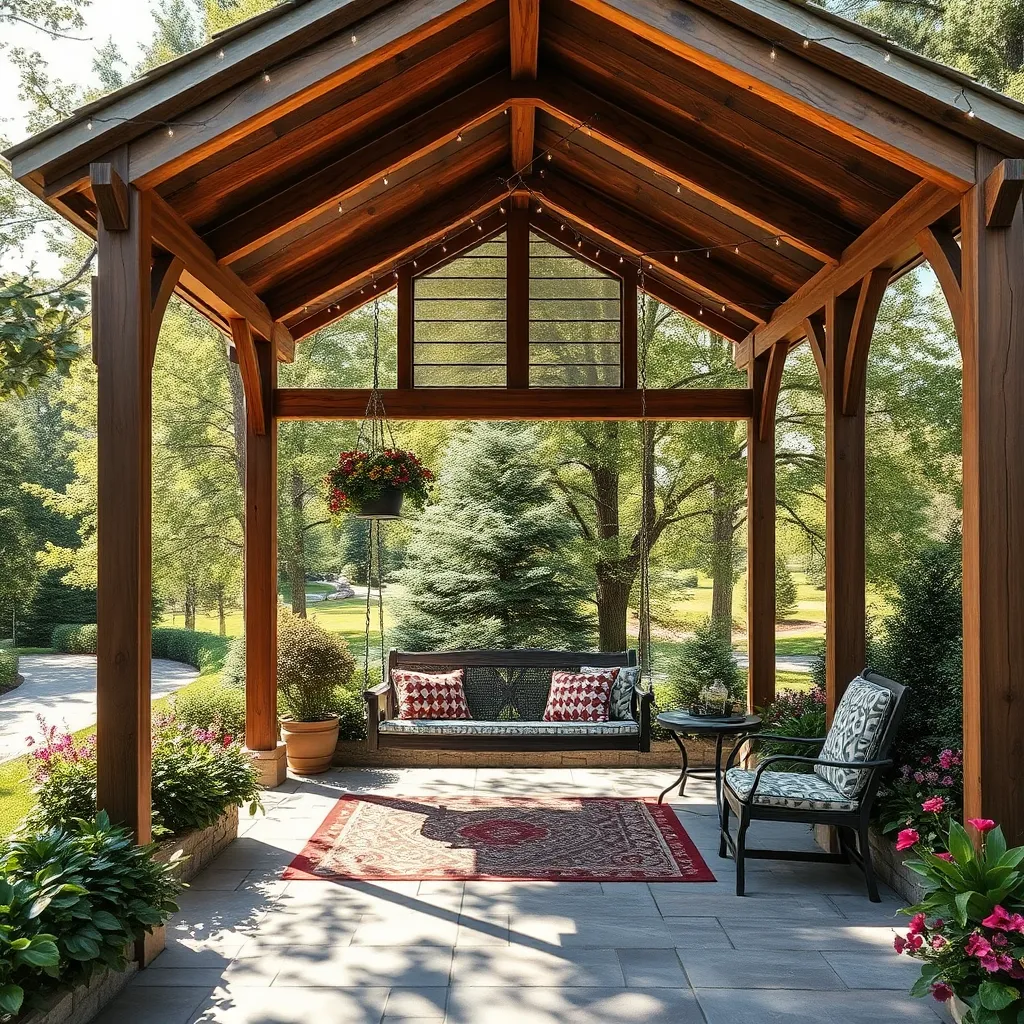
Adding a swinging bench seat to your outdoor space can transform it into a relaxing retreat. For a basic setup, choose a sturdy material like cedar or teak, which are both weather-resistant and durable. To install, ensure you have a solid overhead structure like a pergola or a substantial tree branch that can support the weight. Use galvanized steel chains or marine-grade rope for a secure and long-lasting suspension. Beginners can opt for a pre-made swing kit, which offers a straightforward installation process.
For those looking to add a touch of sophistication, consider customizing your swinging bench with cushions in weatherproof fabric for added comfort and style. You might also incorporate decorative elements like side tables or potted plants to enhance the space. Advanced DIY enthusiasts can explore adding built-in features like cup holders or a canopy for shade. Keep the swing at least 2 to 3 feet off the ground and ensure there’s ample clearance to allow for gentle motion without obstructions. By following these steps, you’ll create a cozy spot perfect for unwinding in your garden oasis.
Design a Zen Meditation Corner
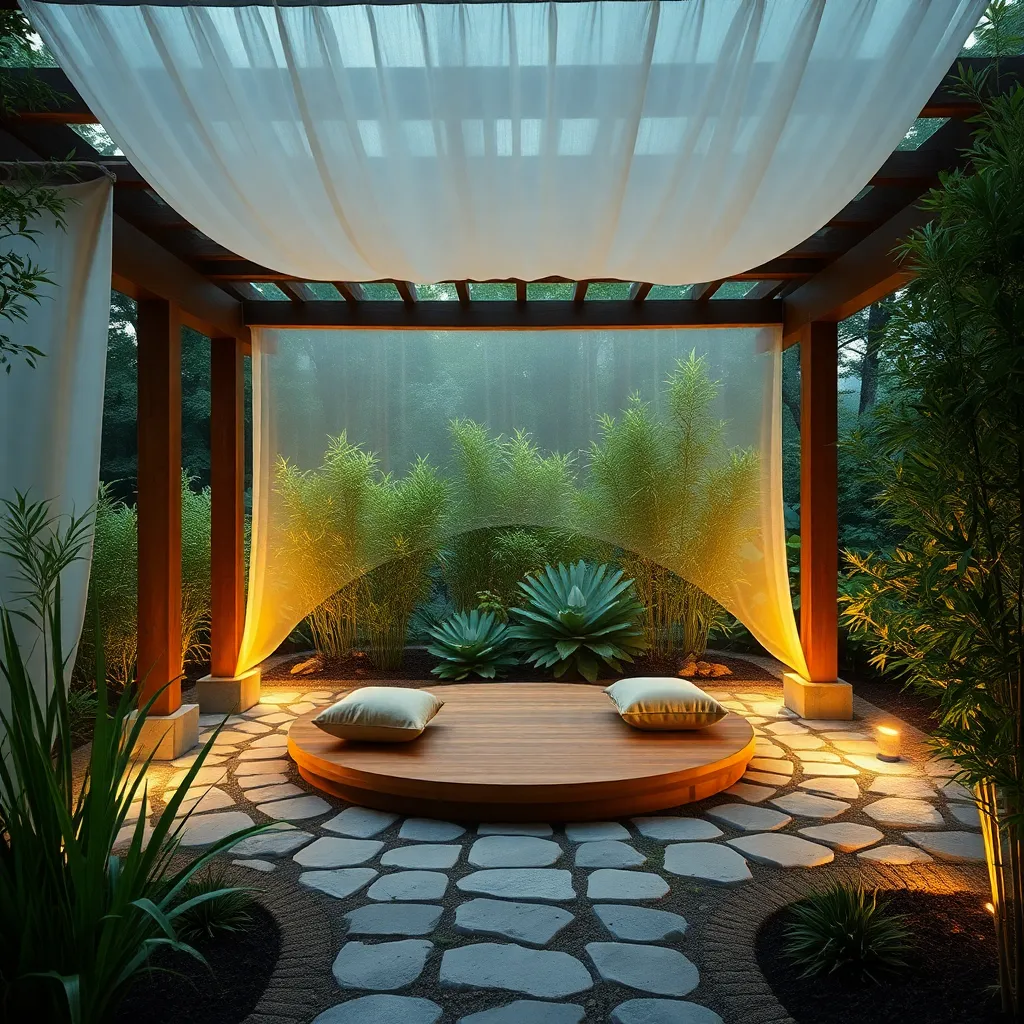
Creating a Zen meditation corner in your garden can be a rewarding project that transforms your outdoor space into a sanctuary of peace. Start by selecting a quiet corner of your yard that offers some privacy and natural beauty. Use bamboo or cedar screens to create a sense of enclosure, which helps to block out distractions and maintain a tranquil atmosphere. Incorporate natural elements such as a small gravel or sand area, where you can practice raking patterns as a meditative activity. Add large, flat stones to create a pathway leading to this tranquil spot, ensuring the stones are set securely to provide a stable walking surface.
For seating, consider installing a simple wooden bench or a comfortable floor cushion made from weatherproof fabric, providing a spot for meditation or quiet reflection. To enhance the sensory experience, include a small water feature like a stone fountain for the soothing sound of flowing water. Choose plants that contribute to a calm environment, such as lavender or jasmine, which offer gentle fragrances to enhance relaxation. For a touch of advanced design, integrate outdoor lighting, such as low-voltage LED path lights, to ensure the space is usable during the evening hours. By following these steps, you can easily design a meditation corner that is both aesthetically pleasing and deeply fulfilling.
Construct a Rustic Outdoor Cabana
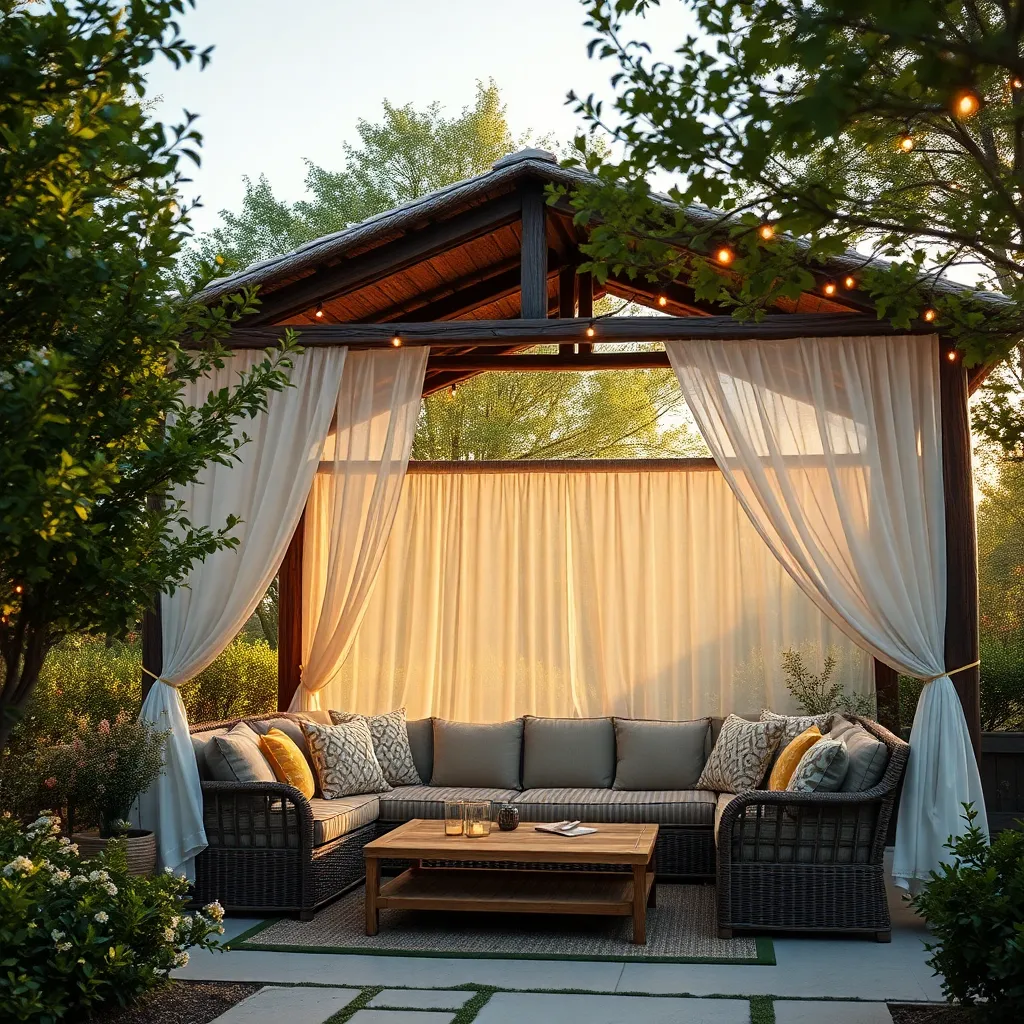
Constructing a rustic outdoor cabana can transform your backyard into a tranquil retreat, perfect for relaxing after a long day. Begin with a simple frame using durable, weather-resistant wood such as cedar or teak, which provides a sturdy base and naturally repels insects. For a basic structure, aim for dimensions around 10×12 feet, which offers plenty of space for lounging furniture while maintaining a cozy feel. Cover the roof with thatch or corrugated metal sheets to blend rustic charm with practical weather protection.
To enhance the rustic aesthetic, incorporate elements like reclaimed wood accents or woven fabrics for curtains that can be drawn for privacy or shade. Integrate advanced touches by installing solar-powered lanterns or string lights to create a warm ambiance in the evenings. For added comfort, consider laying stone or wood flooring and adding plush outdoor rugs. Remember to anchor your cabana securely, especially in areas prone to strong winds, using ground stakes or concrete footings for a safe and enduring structure.
Arrange a Picnic Table Retreat
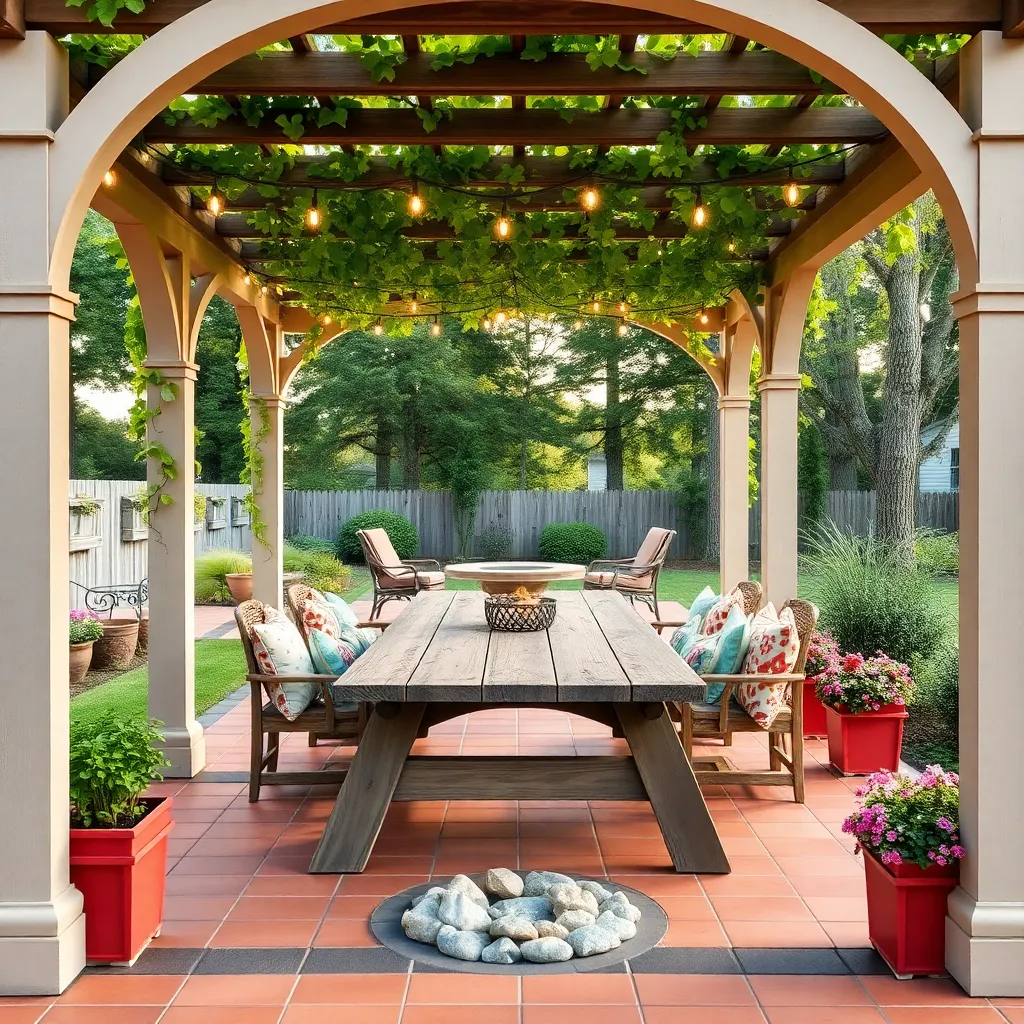
Creating a picnic table retreat in your backyard is a delightful way to enjoy outdoor meals and gatherings with family and friends. Begin by selecting a sturdy picnic table made from weather-resistant materials like cedar or teak; these woods are not only durable but also add a natural aesthetic to your space. Position the table in a level, shaded area to ensure comfort during hot days, and consider adding a patio umbrella for additional shade. For a more permanent solution, you can install a pergola overhead to provide shelter from the sun while maintaining an open, airy feel.
Consider enhancing the area around your picnic table with decorative elements such as planters filled with colorful flowers or aromatic herbs like lavender and rosemary. These additions can create a fragrant and inviting atmosphere. To make the space more functional, lay down a gravel or stone pathway for easy access, and use outdoor rugs to define the seating area. If you’re feeling adventurous, install a built-in grill or fire pit nearby to elevate your outdoor dining experience and encourage more frequent use of your picnic table retreat.
Conclusion: Creating Beautiful Outdoor Spaces
In exploring the ’12 Relaxing Spots Ideas for Your Next Project,’ we’ve journeyed through essential relationship concepts that nurture connection and intimacy. From the importance of shared outdoor adventures and cozy indoor retreats to the power of simple, intentional moments, each idea emphasizes the value of creating spaces that foster relaxation and open communication. We’ve touched on how incorporating nature, cherished memories, and personal comforts into your environment can deepen your bond and provide a sanctuary from daily stresses.
Now, take a moment to choose one idea that resonates with you and initiate a plan to bring it to life. Whether it’s planning a weekend picnic or setting up a small reading nook at home, taking this step will reinforce your commitment to nurturing your relationship.
For future inspiration and to ensure these insights are always within reach, bookmark this article as your go-to guide for relationship enrichment. Remember, prioritizing time and space for connection is a profound investment in your partnership’s future. With each mindful action, you’re laying the foundation for a lasting, fulfilling relationship. Embrace these ideas today, and watch your relationship flourish tomorrow.
